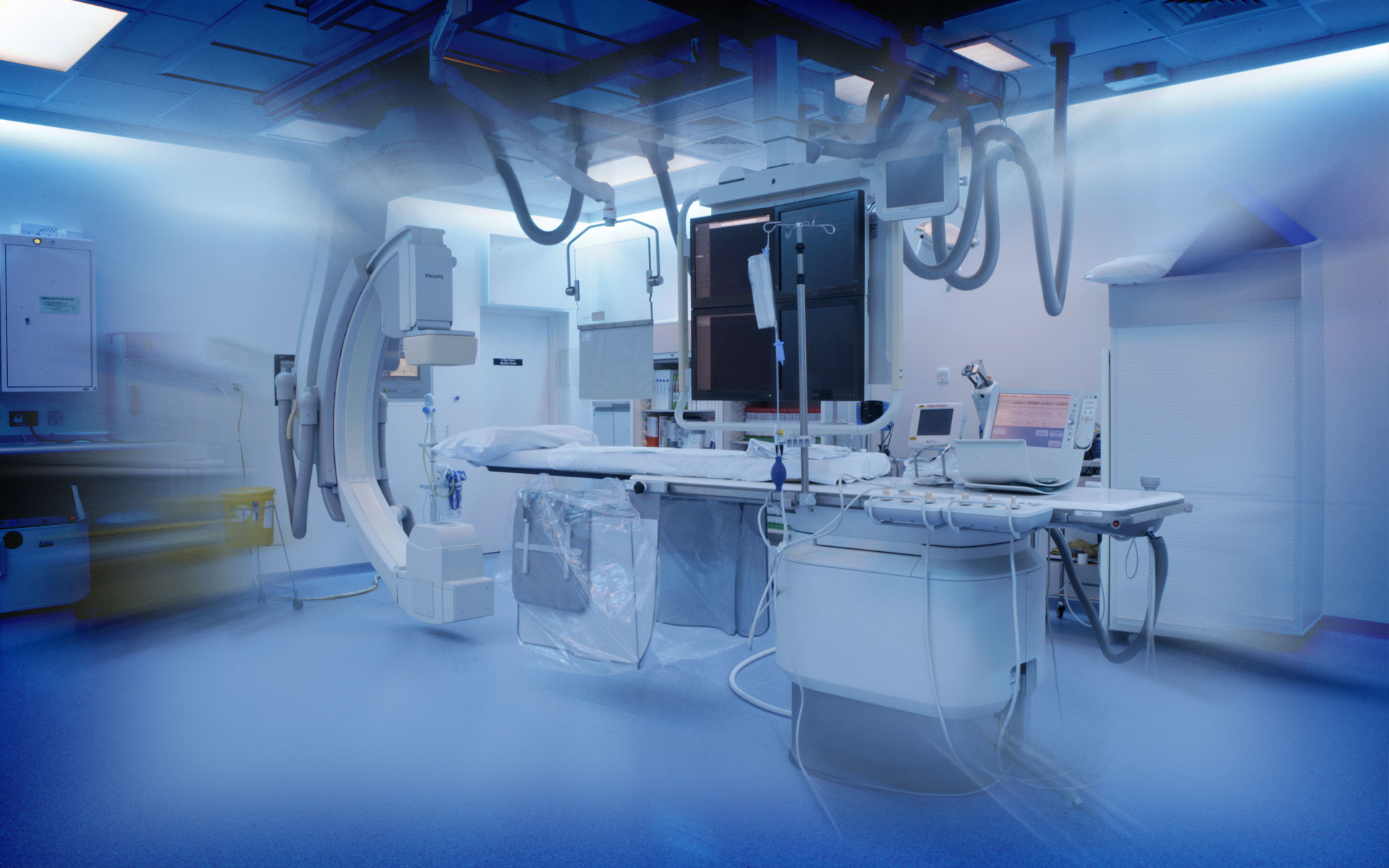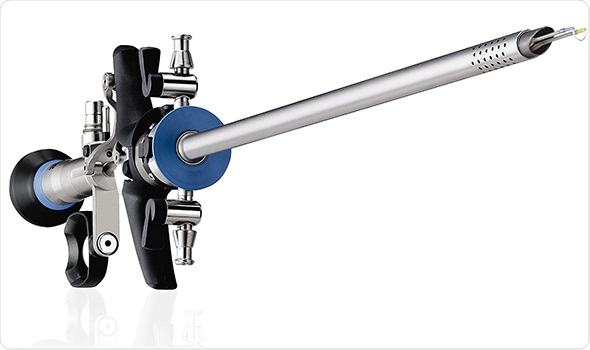-
Male Urinary Problems
Urinary problems can be painful and embarrasing.
There's a very high probability that it can be treated quickly and without much trouble.
Mr Yardy specialises in such treatments and can get you back on the go again quickly and conveniently.






